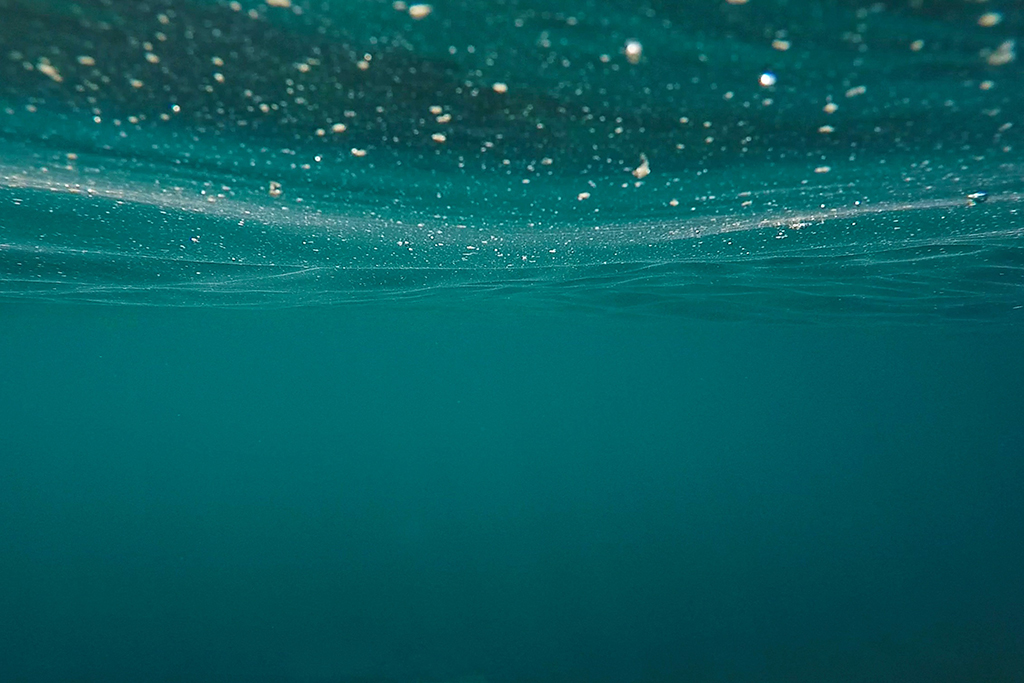
Image credit: Sven Scheuermeier
In this chapter, I have raised my primary research question: What is the relationship between lived experience and artistic creativity? I have explored how the key ideas in this question are understood in Western philosophy and academic discourses about human creativity. I have embraced, as Grosz does, a Bergsonian position on the centrality of life in the fundamental structure of all things. I have recognised Merleau-Ponty’s the concept of wild Being as a related but different concept to Bergsonian life that is important because it has resonances with the lived experience of artistic creativity as described by artists.
I have identified and explained how ocular-centric metaphors and persistent mind/body and subject/object binary concepts limit our capacity to gain a more precise understanding of human artistic creativity. I argue that the work of Merleau-Ponty on the intertwining – the chiasm together with the work of Grosz on the Möbius loop model, Bergsonian evolution and ontologies of becoming provide a useful conceptual framework for my research. I have proposed that artists’ descriptions of the creative process suggest they are accessing experience differently because they link visceral phenomena to the experience of artistic creativity. I argue that this corporeal thematic reveals an under-explored research trajectory that is worthy of further investigation.
This theoretical background lays the groundwork for furthering our understanding of the relationship between lived experience and artistic creativity. I have suggested that there are three ways to activate and frame this inquiry. They are to: adopt an ontological position that eschews binary concepts and accounts for immersive conditions, examine artists’ first-person accounts of the link between visceral phenomena and artistic creativity, and take a Performance Research approach to the investigation. In Chapter Two, I explore why and how Performance Research is an appropriate mode of inquiry for this project.
